What Is Growth-Driven Design?
Growth-driven design is an agile approach to creating or redesigning websites to help push site visitors further down the sales funnel. It works by leveraging data collected from a launchpad website to continuously build a website that works for your prospects.
A well designed website can provide you with faster results.
Who doesn't love faster results and more sales? If you're like most businesses, then you're always finding ways to scale your business.
A great way to minimize your risk while driving results is to work on a growth-driven design for your website. This allows you to focus on data and audience analysis to make changes for the needs of your visitors.
We'll dive deeper into what growth-driven design (GDD) entails, along with the differences between traditional website design and GDD, and great tools to help you on your website design journey.
What Is Growth-Driven Design?
Growth-driven design, often shortened to GDD, is a progressive approach to website design that helps businesses drive optimal results while reducing common pain points for their site visitors. A website design that is growth driven is optimized for lead generation, offering frictionless conversion paths so visitors can convert easily.
GDD web development is partially based on ideas borrowed from agile and lean thinking. It works based on the idea that a website requires continuous improvement and optimization.
A growth-driven website design is:
- Highly user focused
- Iterative
- Continuously optimized
Benefits of Growth-Driven Design
There are plenty of advantages that brands enjoy when they adopt this methodology.
It Is a Low Upfront Investment.
You don’t have to spend a bunch of money upfront like with a traditional website. The cost is spread out over months because there is no real end date. This means you pay as you go to add and change things.
It’s Low Risk.
With GDD you start small, which makes it easier to see what works and what doesn’t. You can easily change your design and modules to make your website produce more results.
It Follows Data-Driven Decision Making.
You can measure, learn, and optimize your website using real data to reduce guesswork. Leverage data about your customers to create a website that is focused on them.
It Increases Conversions.
An optimized site is the outcome of a growth-driven design. This boosts conversions since the site is designed according to the visitors needs, which leads them further down the sales funnel until a sale is made.
The Difference Between Growth-Driven Design and Traditional Website Design
You may be thinking, a website is a website. That is where you are wrong.
Take a look at some of the common differences between growth-driven design and traditional website design:
- Traditional web design projects are lengthy and costly. GDD projects start with a minimum viable product or launchpad that you can build over time with less cost upfront.
- Traditional web design offers only a “make or break” interaction with your site visitors. GDD allows you to tweak your design according to the feedback you receive from your site visitors.
- GDD is data focused. Traditional web design is not.
- GDD aligns marketing and sales. Traditional web designs don't follow the latest trends in user experience, and this may have an adverse effect on sales.
Essentially, GDD offers flexibility for modern customers, and traditional web design is set in stone. The “what you see is what you get” approach isn’t the best for designing a website today.
The Three Stages of Growth-Driven Design
Let’s take a look at the three stages of growth-driven design to help you understand this simple approach to your website design:
Stage One: Strategy
You need to have an effective strategy before you start a design project. This helps to make planning and implementing your GDD easier.
Start off by sitting with your team and deciding what SMART goals you wish to have for your website.
When planning your website design strategy, consider these questions:
- Is there a specific user demographic you’d like to target?
- Is there a particular geographic region you want to appeal to?
- Is there a new product you are looking to promote?
The more information you have about what you want the goal of your website to be, the more momentum your strategy will build going forward.
A good practice is to think about your buyer personas and use them to help mold your site design and content.
Another key to creating a good strategy is to audit your current site using analytics to discover important takeaways, such as the following:
- How do your site visitors find you?
- How much time do they spend on your site?
- What sections or pages of your site do they engage with the most?
Your web designer can use the data you collect to determine how they will go about improving user experience on your website.
The data also helps you to see which aspects of your site work the best and which aspects can use an upgrade. This will guide the development of your must-have items for your site that will encompass everything you’d like your site to achieve.
Stage Two: Launchpad
When you apply growth-driven design, you aim to get your new site up as quickly as possible. The initial focus of creating your new GDD site is called a launchpad website.
This is a platform that serves as a base or starting point for your website. This phase of your site does not need to be perfect. It just needs to be live.
You will further develop and optimize your launchpad once you collect more useful data that guides you to revise key elements of the site.
Stage Three: Continuous Improvement
The next stage of growth-driven design encourages the continuous improvement of your site’s performance. Essentially, you keep building on the launchpad version of your site based on the research and testing you do in that stage.
You should carefully examine and analyze user behavior and use the information you discover to tweak site content.
When you focus on user experience, you’ll get a better idea of how effective your site updates are.
This is one of the most important principles of GDD to encourage a dynamic website that is constantly being innovated to drive desired results.
6 Growth-Driven Design Tools You Need
The upkeep and continuous improvement of a GDD website is no easy feat. This is why you need awesome tools to help you.
Here are six growth-driven design tools that may help you to streamline your work, analyze data, and design awesome webpages.
1. HubSpot
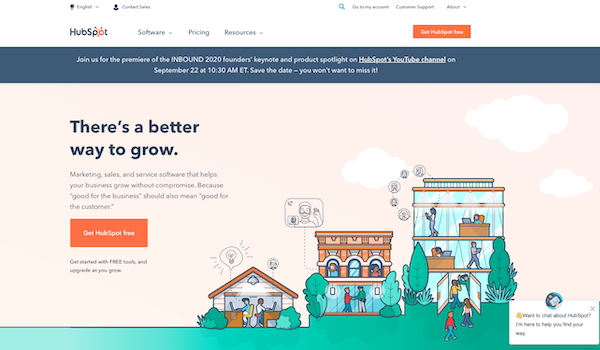
HubSpot is a full-stack inbound marketing and sales software that offers content optimization. With HubSpot, you can build your own growth-driven website using their smart features, analytics, reports, and built-in blogging tools.
This all-in-one system is designed to help your business grow by allowing you to engage, nurture, and delight your prospects and site visitors so they move seamlessly down the sales funnel.
2. Slack
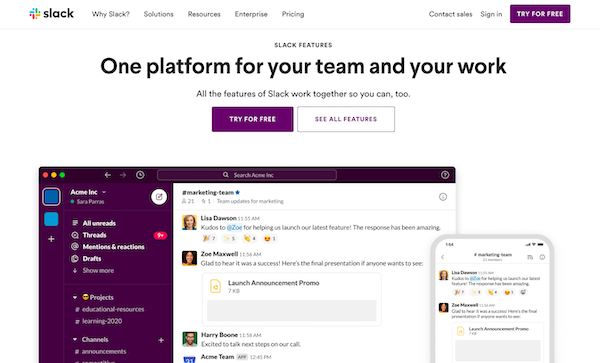
Slack is a real-time communications system that allows teams to collaborate through chat and voice or video calls.
The chats are organized by channel, which makes it easy to only include team members who need to be a part of the conversation. You can also send direct messages to your team members privately.
Slack also allows for a variety of integrations with other productivity and scheduling apps such as Google Calendar and Trello.
This software makes it easy for web designers, developers, copywriters, and managers to align to get webpage projects done quickly.
3. Hotjar
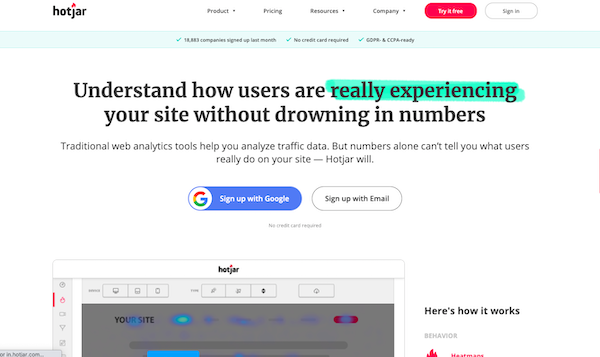
Hotjar is an awesome tool that allows you to see the exact ways visitors are using your website. It tracks user engagement by using heatmaps to visually display behavior on a website.
You can see if your user is clicking on something that isn't a link, or if your user is spending more time on one section or page on your site.
Hotjar also integrates with HubSpot's contact timeline. With the integration, you can see conversion funneling and polling surveys that you add to your site.
4. Google Analytics
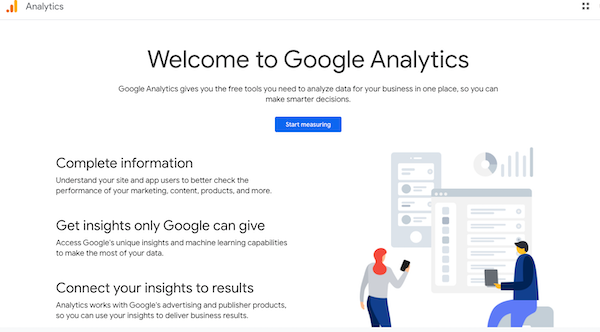
Google Analytics (GA) allows you to study the data from your site in a simple way. It uses dimensions to break down the attributes of your data such as the pages you are measuring, physical locations, and traffic channels.
You can use the tool to help you understand the actions that occur on your site so you can determine where you should focus your attention for the best user experience.
5. Databox
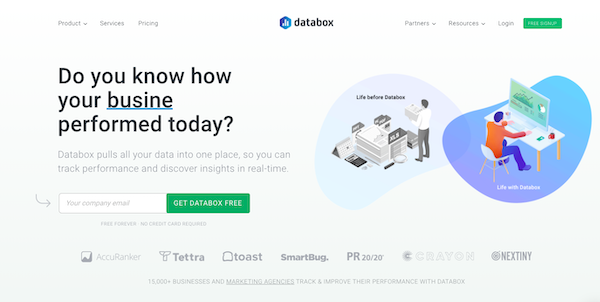
Databox is a powerhouse tool that allows you to save time by pulling data from various sources easier reporting. Some data sources it pulls from include HubSpot, Twitter, Zendesk, Salesforce, Facebook, Moz, and Wistia.
This code-free tool allows you to drag and drop widgets and personalize metrics. The paid Databox plan offers hourly refreshes or even custom real-time data.
6. Sketch
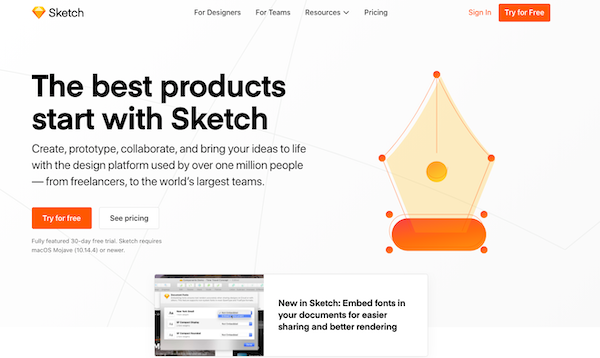
Sketch is a tool that helps you to make customized designs for your website. As you design with Sketch, it creates CSS, which provides you with the style sheet so you can easily put it into the site.
Sketch also has a full toolkit that makes vector editing faster.
Growth-driven design strategy and implementation is different for every business. There is no one-size fits all approach to making data-driven decisions.
This depends heavily on your target audience and their actions. Making design changes based on the information you discover will help catapult your business and fuel your revenue growth.


Erika Giles
Erika is a Marketing Copywriter at Bluleadz. She is a huge fan of houseplants and podcasts about conspiracy theories. She spends most of her free time reading, writing, and enjoying the outdoors.